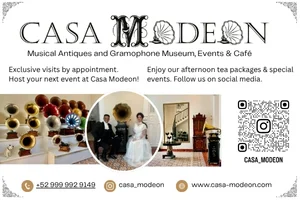Valladolid, Pueblo Mágico
Located halfway (two hours from each) between Mérida and Cancún, Valladolid, named "Pueblo Mágico" in August 2012, is a bustling Maya city with a special colonial flavor. This is where you will see the majority of the townspeople still using the typical dress of the Maya, and the buildings around the Main Plaza painted pastel colors. You will surely get a sense of the laid-back pace of life.
![San Servacio Church Valladolid]() The History of Valladolid
The History of Valladolid
The Church of San Servacio is in the Centro of Valladolid, on the south side of the main plaza, on Calle 41 between 40 and 42. This church took the place of the one which was erected on March 24, 1545, by Padre Francisco Hernández whose façade faced the west, which was the custom for Yucatecan temples in the Colonial era. In 1705 the original church was completely demolished by the order of the Bishop Don Pedro de Los Reyes Ríos due to its profanity in the so-called “Assassination of the Mayors”. In 1706 the construction of the current church began, and in order to have its main access facing the main plaza, it was given a new orientation which is why the church now faces the north and not the west. Above the main façade is a clock dating from the XIX century, the only public clock in the city.
Valladolid, The Sultan of the East
Valladolid is also known as “The Sultan of the East,” a title given for the architectural beauty of its colonial buildings such as the Convent of San Bernardino de Siena, the Municipal Palace, the Iglesia de San Servacio, and the Museum of San Roque, among others; as well as for its architectural inheritance of the XIX and early XX centuries; the Ex Telar de la Aurora, the Parque Central Francisco Cantón de Rosado, and the train station.
Valladolid was founded by Don Francisco de Montejo “El Mozo” in 1543 and acquired the category of a city in 1823. Valladolid is the setting of two of Mexico’s most significant events: the Caste War in 1847 and the "first spark of the Mexican Revolution" in 1910.
![Valladolid Downtown Plaza]() Valladolid's Downtown Plaza
Valladolid's Downtown Plaza
From the beginning, Valladolid has had the structure of the Spanish establishments in Yucatán, with a checkerboard design, wide streets, and its great main plaza, today is known as Parque Francisco Cantón. It is divided into the city center and its neighborhoods; the whole together is known as the Centro Histórico. In the spring of 2012, Valladolid received the federal decree Zona de Monumentos. It includes the following places: Municipal Palace, Casa de la Cultura, Casa de Los Portales, the Iglesia de San Servacio, the Parque Principal Francisco Cantón Rosado, the Bazar Municipal, the Centro Artesanal, the San Roque Museum, and the Parque de Los Heroes.
There is a colonial building across from the main plaza, next to the Hotel Meson del Marques, with many Maya women selling crafts that include hand-embroidered dresses and blouses, Barbie dresses, handkerchiefs, hammocks and more. The statue of a Maya woman in the middle of the park is a typical place to have your picture taken. Don't miss Coqui Coqui Perfumes, with the scents of Yucatán, which is also a handcraft store, café, hotel, and spa: Calle 41A #207, Calzada de Los Frailes. Also visit Dutzi Handbags, a co-op that supports local Maya men and women.
![Barrio e Iglesia La Candelaria Valladolid]() The Neighborhoods in Valladolid
The Neighborhoods in Valladolid
There are seven churches in the different neighborhoods that should be visited, along with the impressive San Bernadino Convent, the San Roque Museum, and the Government Palace, with its huge murals depicting Mexican history. As you stroll to the different neighborhoods to visit the churches, take note of the architecture of the locals' homes that range from huts to mansions. Note the yards, the animals, the gardens, the flowers, the trees, and the laundry. You will learn so much about the people on these strolls. Take note of the detailed stonework on the facades of many of the colonial buildings.
![Longaniza de Valladolid]() Valladolid's Gastronomy
Valladolid's Gastronomy
While in Valladolid, you are in the heart of a good Yucatecan cooking country. Try the flavorful cuisine of Valladolid in such dishes as lomitos de Valladolid, longaniza, and chicken escabeche. Longaniza de Valladolid is a sausage that is made locally. Try it with scrambled eggs or grilled and wrapped in a tortilla. Both ways are delicious! Try Restaurante Las Campanas and the restaurant in the Hotel Meson del Marques.
Hotels are quite reasonable in Valladolid making it a good place to use as a base for going to Chichén Itzá 28 miles away and the Balankanché Caves 22 miles away. Consider staying for two nights so you can really get a feel for the place.
![Cenote Zaci]() Nearby Cenotes, Archaeology, and Beaches
Nearby Cenotes, Archaeology, and Beaches
Valladolid also has very important cenotes, like Dzitnup, about 5 kilometers west and Ik-kil, 30 minutes from Valladolid, and 5 minutes from Chichén Itzá. Both are good for swimming with the latter being the most impressive. ( Cenotes are sinkholes.)
Also, visit the impressive Ek Balam archaeological site 20 minutes north of Valladolid on the road to Tizimín. The pyramids here are bigger than the ones at Chichén Itzá. See our Ek Balam section for more info. Further north is Rio Lagartos and San Felipe
. 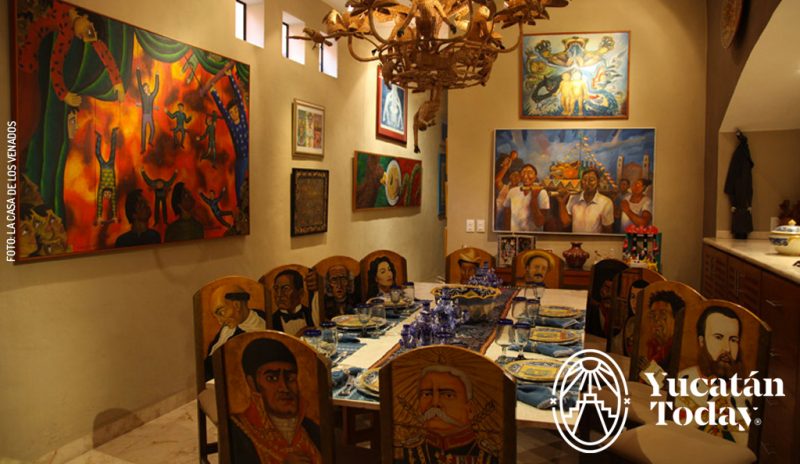
Mexican Folk Art in Valladolid
Don’t miss a chance to have a tour of Casa de Los Venados (House of the Deer). This is an 18,000 sq. ft. private home / museum of Mexican folk and contemporary art owned by an American couple who spent nearly ten years renovating this masterpiece of colonial architecture. Tours (in English and Spanish) are given most days at 10 am but advance reservations are advised. There are over 3000 pieces of art in this collection which is one of the most comprehensive and extensive collections of Mexican folk art in private hands. Calle 40 #204 at the corner of 41, just ¼ block from the main square. Tour participants are asked to make a donation of $90 pesos which goes directly to the local charities: currently the Clinic San Lucas (which does surgeries for poor people) and the local Lion's Club project which buys and fits hearing aids for poor children so they will have a better chance of receiving a quality education.
Casa de Los Venados is also available for private parties and events. Tel. (985) 856 2289 Email: javenator1@gmail.com
How to get there:
By Car: To get to Valladolid from Mérida, take the cuota road toward Cancún, the cost is around 130 pesos. Check our Yucatan map for more information on how to get there, and our Valladolid map for getting around the town.
By Public Transportation: ADO CAME has departures all day. Price around $142 pesos one way. There are also Colectivos departing from Calle 52 x 63 y 61, Centro
Photography by Ivábn Gabaldón, Esteban Dupinet, AJ Kim for use in Yucatán Today
Download your maps:
Read more about Valladolid:
- Valladolid like you've Never Seen it Before
- Valladolid: The First Spark of the Mexican Revolution
- Magical Valladolid
- The B-Side of Valladolid
- Birding in Valladolid
- Valladolid, A Must See Destination
- A visit to Valladolid's Choco Story Museum
- A Day in Valladolid
- Casa de los Venados, Valladolid
- Coqui Coqui Perfumes
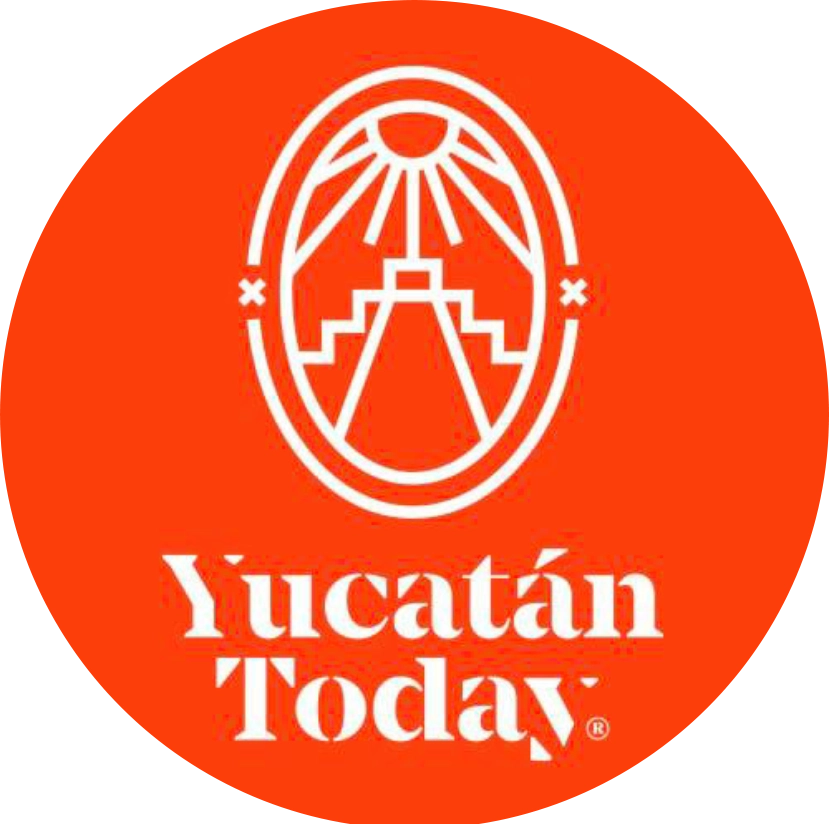
Author: Yucatán Today
Yucatán Today, la compañera del viajero, es un medio bilingüe de información turística sobre destinos, cultura, gastronomía y el qué hacer en Yucatán con 37 años de trayectoria.
¡Receive the latest articles and much more from the best of Yucatán in your email!
Related articles
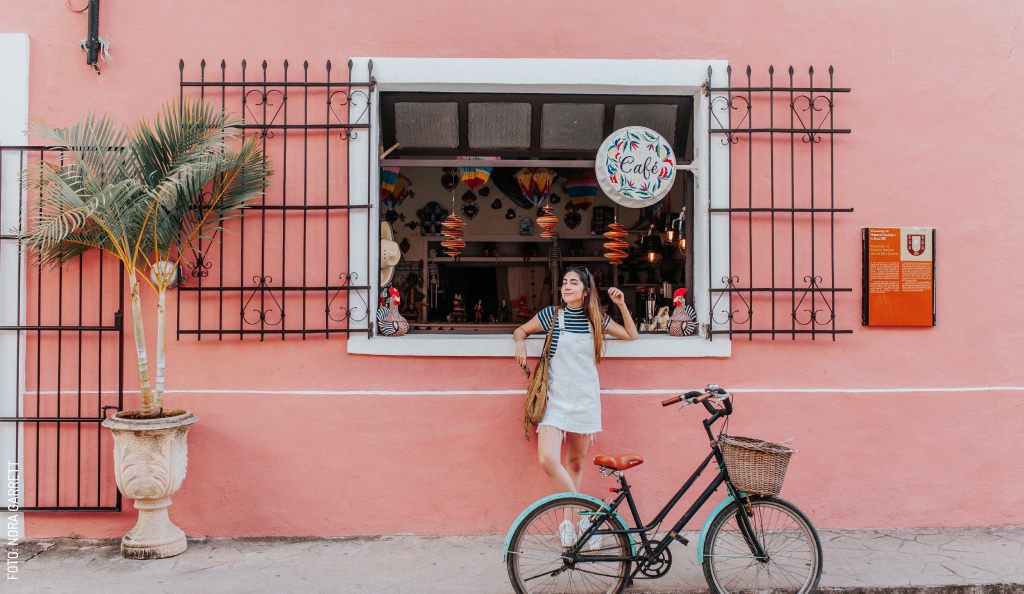
What to Do With 24 Hours in Valladolid?
As one of our Pueblos Mágicos, Valladolid has endless corners, activities, and flavors for you to discover for days. Here’s a short.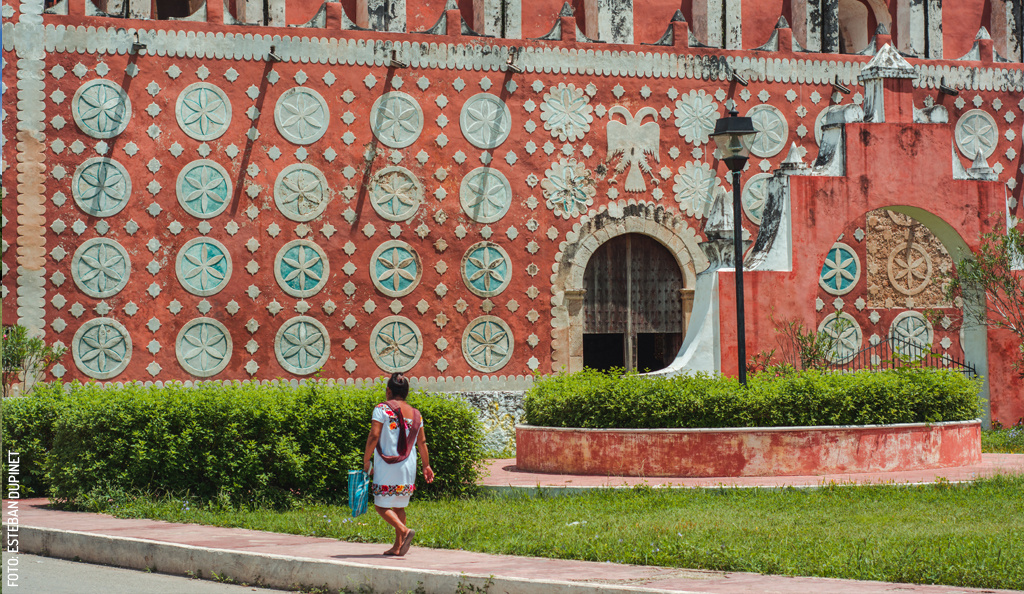
Uayma: Vice-Regal Beauty
There are destinations worth the journey: such is the case with Uayma, a small town located 15 km from Valladolid. It is known for its imposing and...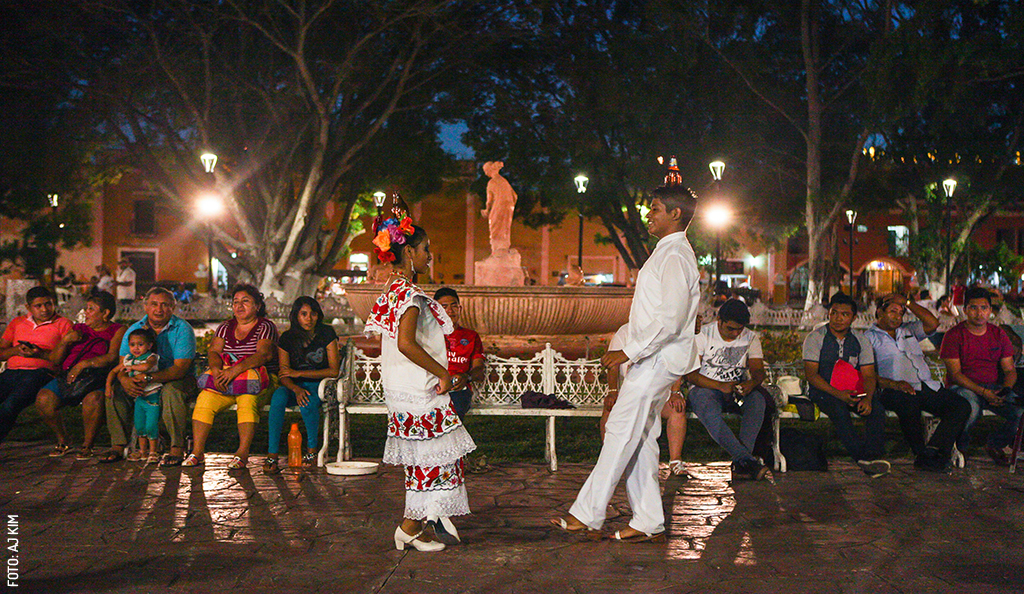


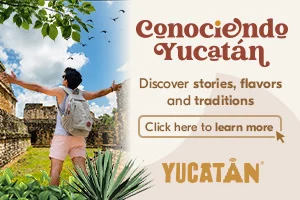
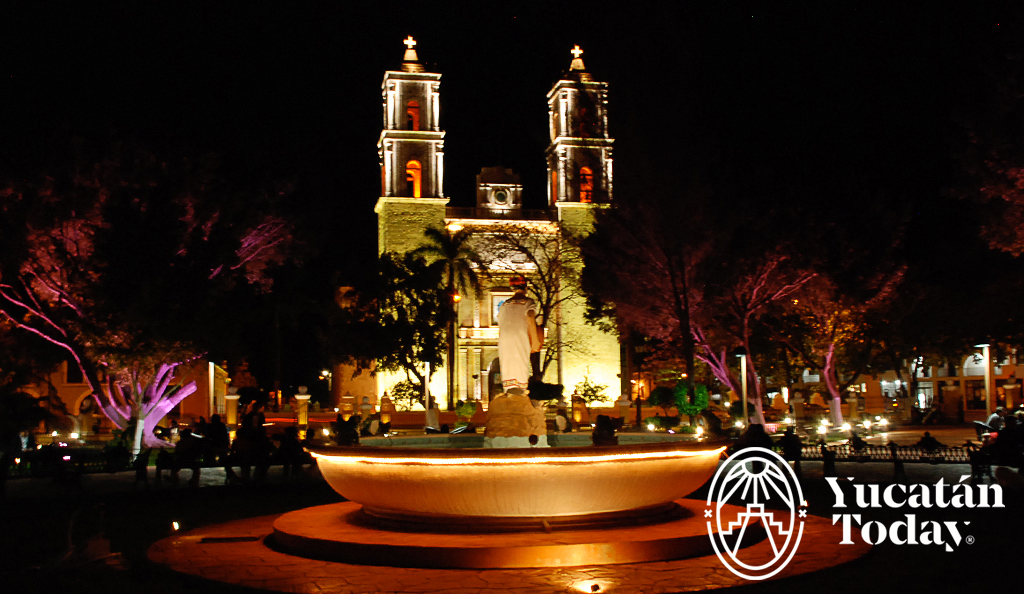
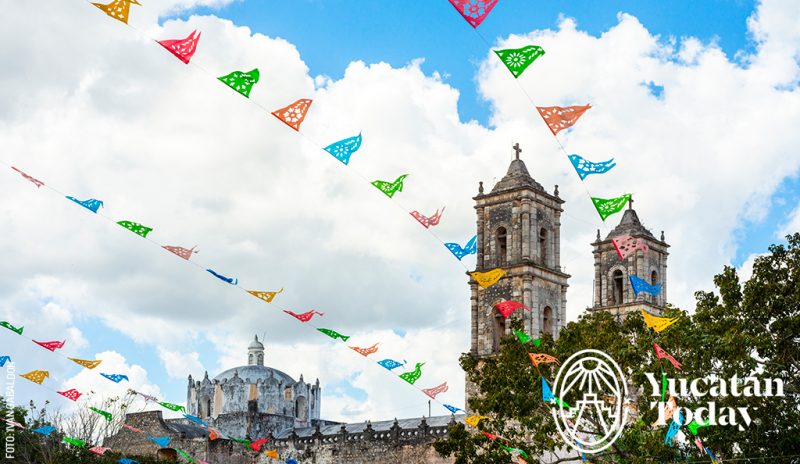 The History of Valladolid
The History of Valladolid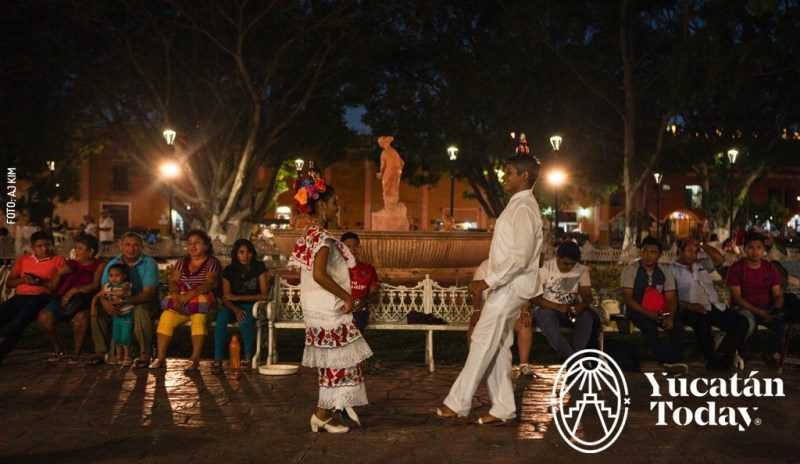 Valladolid's Downtown Plaza
Valladolid's Downtown Plaza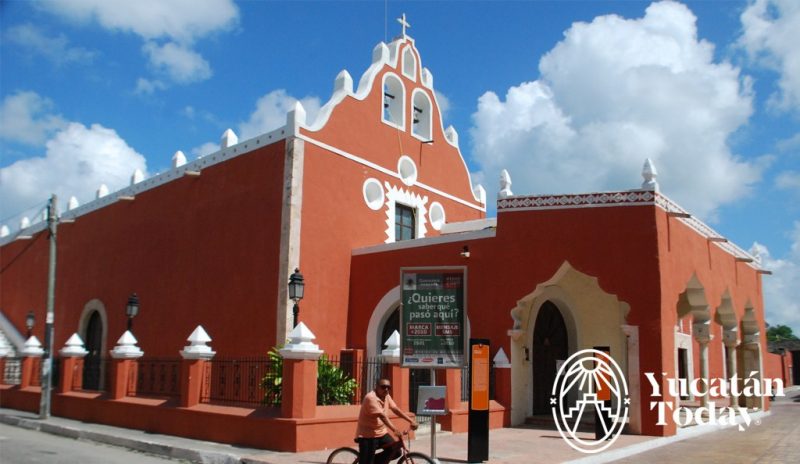 The Neighborhoods in Valladolid
The Neighborhoods in Valladolid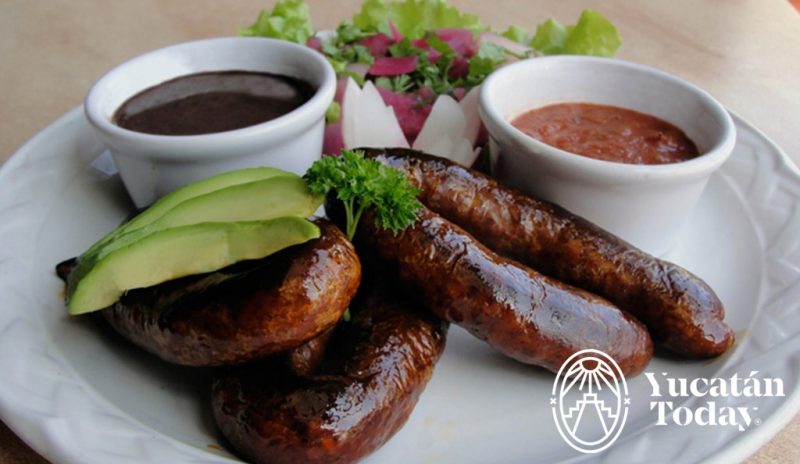 Valladolid's Gastronomy
Valladolid's Gastronomy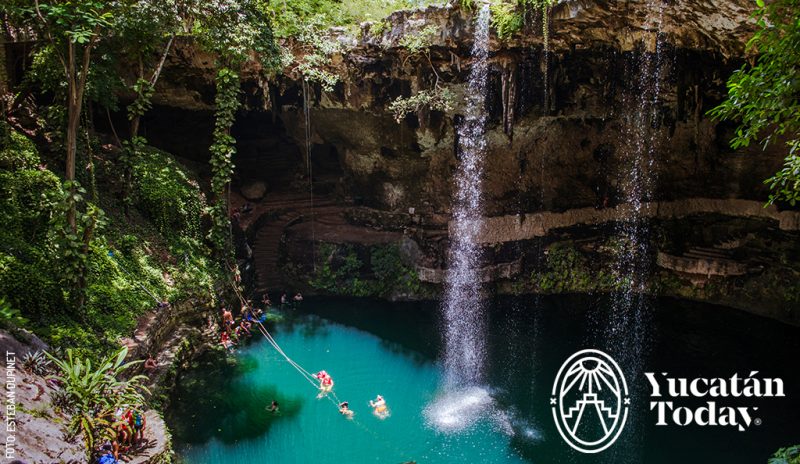 Nearby Cenotes, Archaeology, and Beaches
Nearby Cenotes, Archaeology, and Beaches
